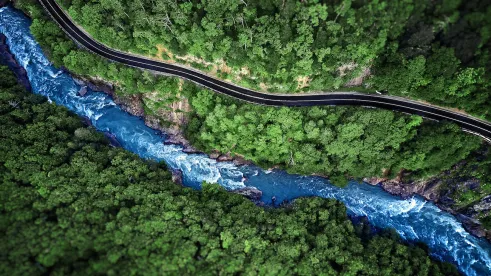Last week another NGO filed suit against another operator of a wastewater treatment facility, this one in the mountains of Montana, complaining of "excess" nitrogen in the treated effluent from the wastewater treatment facility which the NGO alleges finds its way to the Gallatin River.
We can't tell from the NGO's complaint what it considers to be "excess" nitrogen but, if this NGO is like the many other citizen suit plaintiffs that have been filing these cases around the country since the Obama Administration EPA's attempt to determine the reach of the Clean Water Act, "excess" means detectable in a laboratory (even though up to 10 parts per million of nitrogen complies with the Safe Drinking Water Act).
As in other cases of its kind, neither EPA nor the state environmental regulators have asserted that the wastewater treatment facility is anything other than in compliance with federal and state law.
Because defending oneself against such allegations costs hundreds of thousands of dollars, most of these cases settle. But, assuming the inevitable challenge to the Biden Administration EPA's attempt to determine the reach of the Clean Water Act doesn't get there first, one of these cases is going to find its way to a Supreme Court with a much different composition than the Supreme Court that, in Maui, suggested citizen suit plaintiffs use litigation to do what Congress should have done long ago. I don't know how anyone can feel good about that prospect.




 />i
/>i

